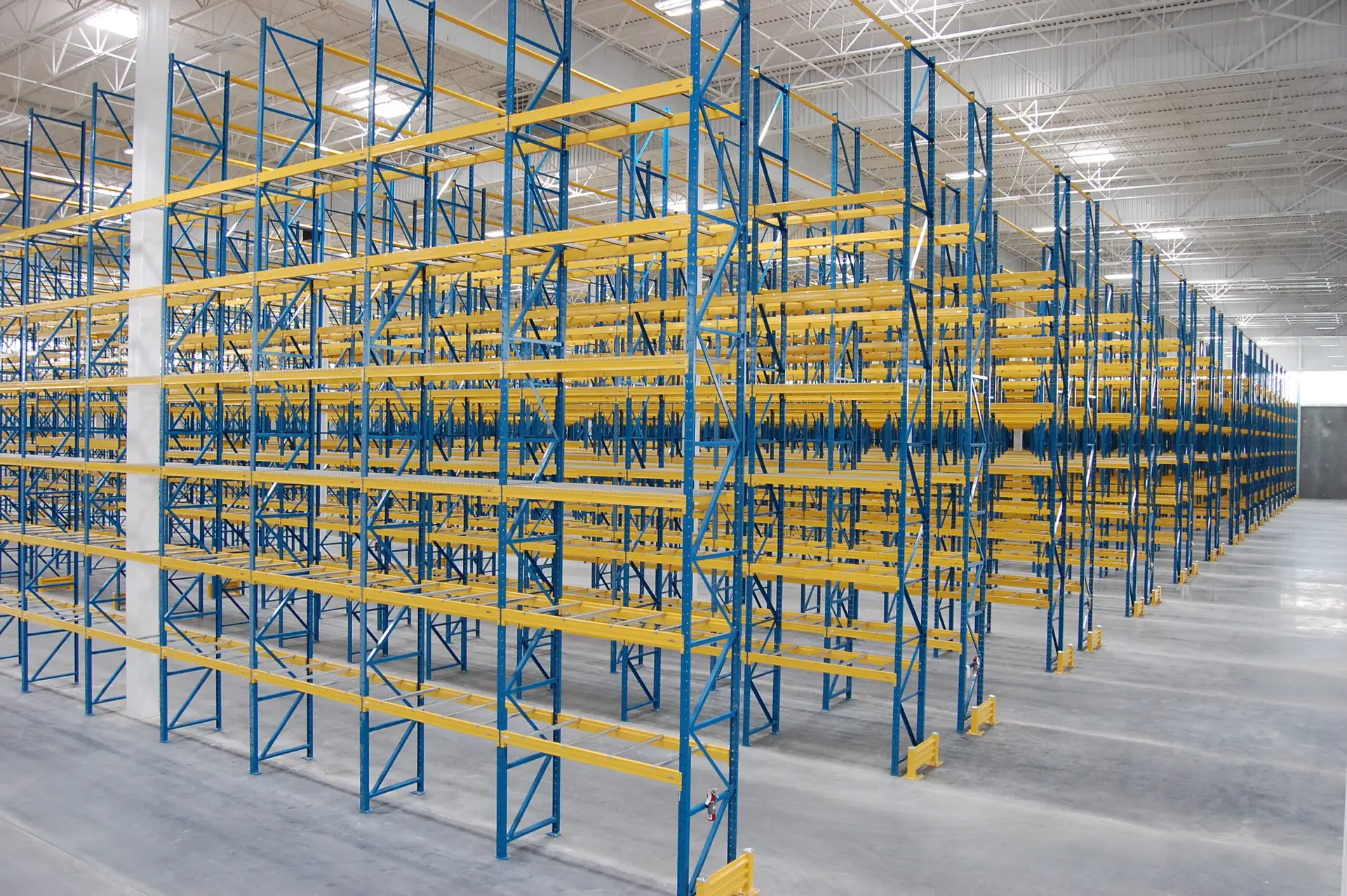Are you making the most of your storage space? In a warehouse or facility, poor organization can lead to lost time, damaged goods, and lower profits.
The right pallet racking system can completely change how a space works. Choosing the best type depends on your products, layout, and workflow.
With so many options available, it helps to understand how each system works. Each type offers unique benefits for efficiency and access.
This blog will walk through the most common systems and help identify the best fit for your operation. Read on!
Selective Pallet Racking
Selective pallet racking is the most common system used in warehouses. It allows direct access to every pallet, making inventory picking quick and easy. This system is ideal for businesses with many different items and fast turnover rates.
It works well with standard forklifts and doesn’t require special equipment. Although it doesn’t use space as tightly as others, its flexibility makes it a popular choice.
Drive-In and Drive-Through Racking
Drive-in and drive-through systems are great for storing large amounts of the same product. Forklifts can enter the structure to load or unload pallets.
The drive-in system uses a last-in, first-out (LIFO) method, while the drive-through uses first-in, first-out (FIFO). These systems save space by removing aisles between rows. However, they are best for low-turnover items with fewer stock-keeping units (SKUs).
Push Back Racking
Push-back racking systems allow multiple pallets to be stored in a single lane. When a new pallet is added, it pushes the others back on a sliding rail system. This design allows for high-density storage without losing access to inventory.
It uses a LIFO system, which means the last pallet in is the first one out. It is ideal for businesses with medium-turnover inventory and limited space.
Pallet Flow Racking
Pallet flow racking, also known as gravity flow racking, uses a sloped rail with rollers. Pallets are loaded on one side and roll to the other for easy picking.
It’s perfect for FIFO inventory rotation, such as in food or pharmaceutical industries. This system saves time and increases efficiency because restocking and picking happen on opposite sides. It’s great for storing heavy or fast-moving goods.
Cantilever Racking
Cantilever racking is used for long or oddly shaped items like pipes, lumber, or furniture. It has arms that extend out, supported only on one end by a central column. This makes it easy to load and remove bulky items without vertical obstacles.
Cantilever racks are highly adjustable and strong, handling various load sizes. This type is often used in hardware stores or manufacturing warehouses.
Double-Deep Racking
Double-deep racking stores pallets two rows deep, doubling storage capacity per aisle. It requires special forklifts with extended reach or telescoping forks.
Though it slightly reduces pallet access, it uses space more efficiently than selective racking. It works well for storing similar products or large batches of inventory.
This setup is a smart way to save space while still maintaining some flexibility. In all these systems, warehousing racks play a vital role in organizing products efficiently and safely.
Choosing the Right Pallet Racking System
Understanding the different types of pallet racking systems helps businesses make smart decisions about storage. Each option offers a unique balance between space, access, and cost.
Whether you need simple access or maximum density, there is a solution that fits your needs. Choosing the right system improves workflow and keeps inventory in order.
Use this guide to explore what works best in your space. A well-planned setup saves time and increases profits.
Did you like this guide? Great! Please browse our website for more!

Dilawar Mughal is an accomplished author with a passion for storytelling. His works span various genres, from thrilling mysteries to heartfelt romance novels. With a keen eye for detail and a knack for character development, Sana Fatima weaves engaging narratives that captivate readers and transport them to new worlds.









